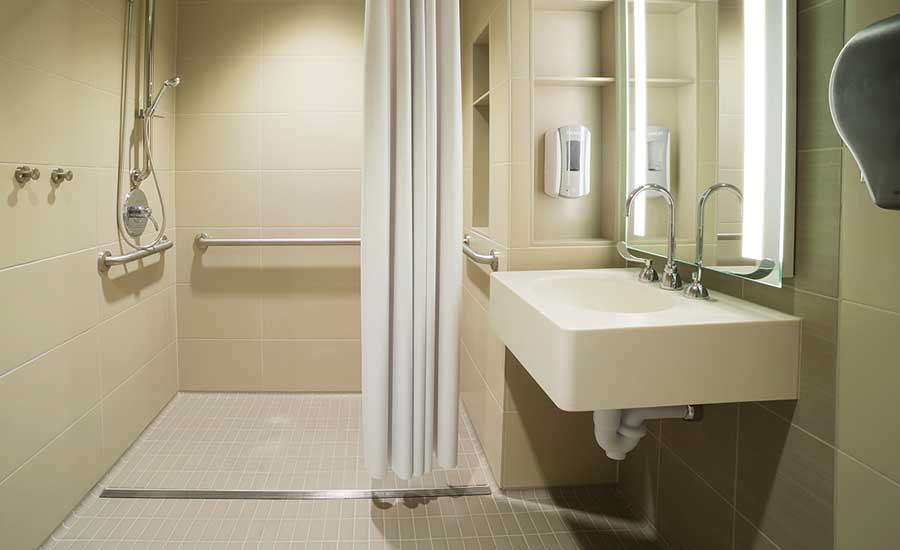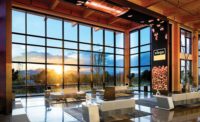When it comes to ever-changing, the drainage products and technology space fits perfectly in that category.
Manufacturers of PHCP drainage products tell pme there is huge opportunities for upgrading and innovation when it comes to commercial spaces.
Oatey Co. Senior Manager, Commercial Sales Evan Novak uses the hospitality and health care industries as an example.
“Many commercial facilities, especially hospitality and health care, are updating their product offering by converting conventional bathtubs into popular spa-like curbless or curbed showers,” he points out. “Ten years ago, we would see hotels with 80% bathtubs in guestrooms, and now that ratio has flipped toward showers. Tub-to-shower conversion kits help contractors economically adapt to numerous commercial jobsite irregularities, including unexpected plumbing configurations and structural constraints.”
And like with any other part of a construction project these days, it’s all about time.
“We see a trend within the industry toward products that save time, reduce the total installed cost of the building and decrease the overall project schedule,” Zurn Rough Plumbing Product Manager Matt Lawrence says. “As an example, bi-functional roof drains enable both the primary and secondary drain to combine into one drain penetration. This not only allows for easy installation, but also simplifies the roof installation because there are 50% fewer penetrations vs. standard installation.”
MIFAB National Specifications Manager Brennan Doherty has seen the market shift to a reoccurring call for value-engineering options starting “the second a project is submitted,” he says.
Doherty notes a technology such as siphonic roof drainage can factor into the cost savings formula.
“Siphonic roof drainage allows the engineer to create a more efficient system, gives them tremendously more design flexibility, and most importantly provides an enormous cost savings solution for the project,” he says. “The shift has been based purely on continued education, which allows engineers to realize the ability to design a system with long runs of pipe not requiring pitch, while still bringing a cost savings solution to the table given half the size diameter pipe is used.”
Blucher Americas Business Development Manager Jimmy Hunt notes product and system quality has risen to the forefront of late.
“When it comes to drains, people don’t want to have to stop production to fix and redo drains,” he explains. “They want a floor they don’t have to think about, even with installations that have become faster and faster — and customers are now demanding total installs to be completed in 36 hours or even 24 hours. We currently are seeing tremendous pressure on the installer in addition to expectations of flawless, routine performance of the floor and drains.”

Oatey Co.'s Evan Novak anticipates a continued embracement of zero-entry or barrier-free showers with linear drains, "because they offer better accessibility among all age groups and abilities," he says.
That’s now, but what about tomorrow? Manufacturers agree the connected part of the puzzle will be fast arriving.
“Facility managers are looking for more control and more information from their plumbing products, including drainage,” Lawrence says. “Imagine being alerted to a leak or a drain backup before it becomes a significant problem, or being able to check on the performance of your products, or know the best time to schedule maintenance. Adoption of connected smart products will be the future of not only drainage products, but the whole plumbing system.”
Hunt adds: “As for big, upcoming introductions, one to look for might be smart and connected monitoring devices — within drainage systems — that provide feedback to operation managers.”



